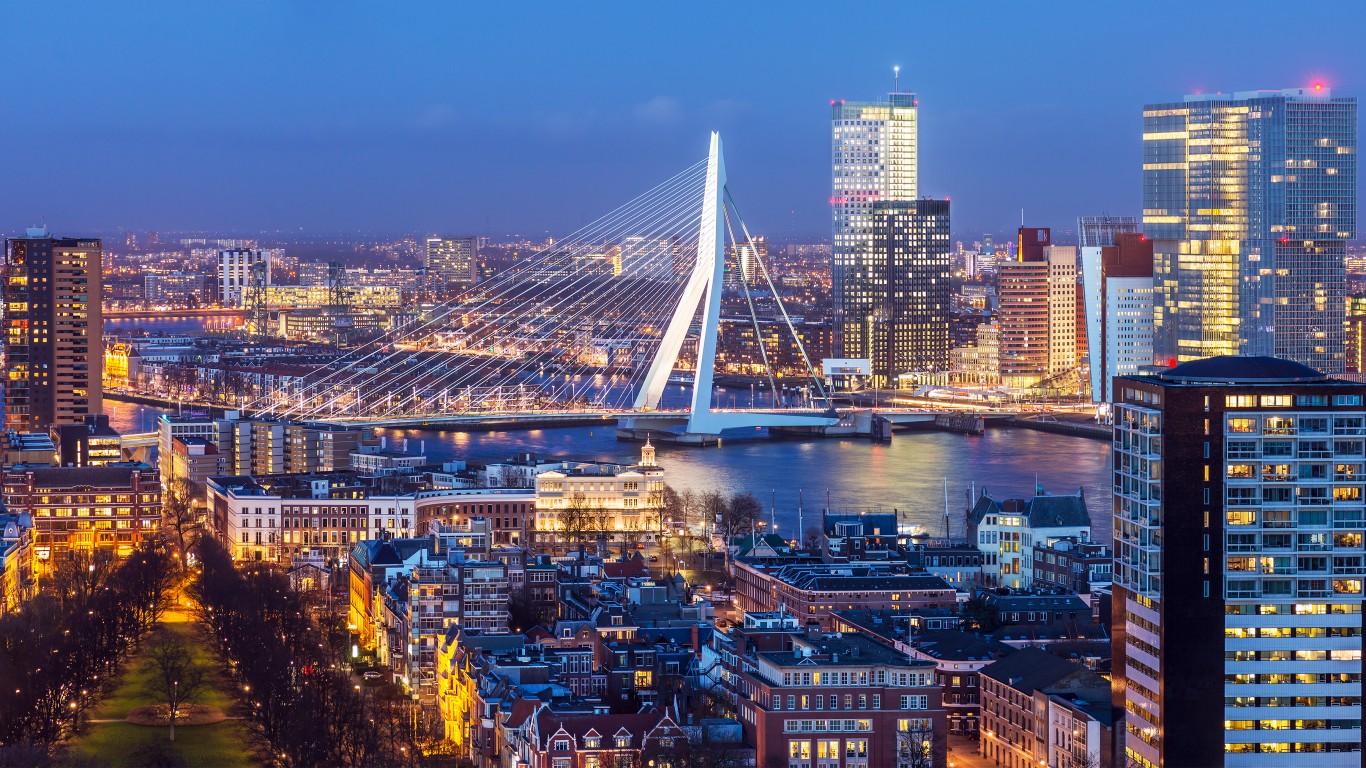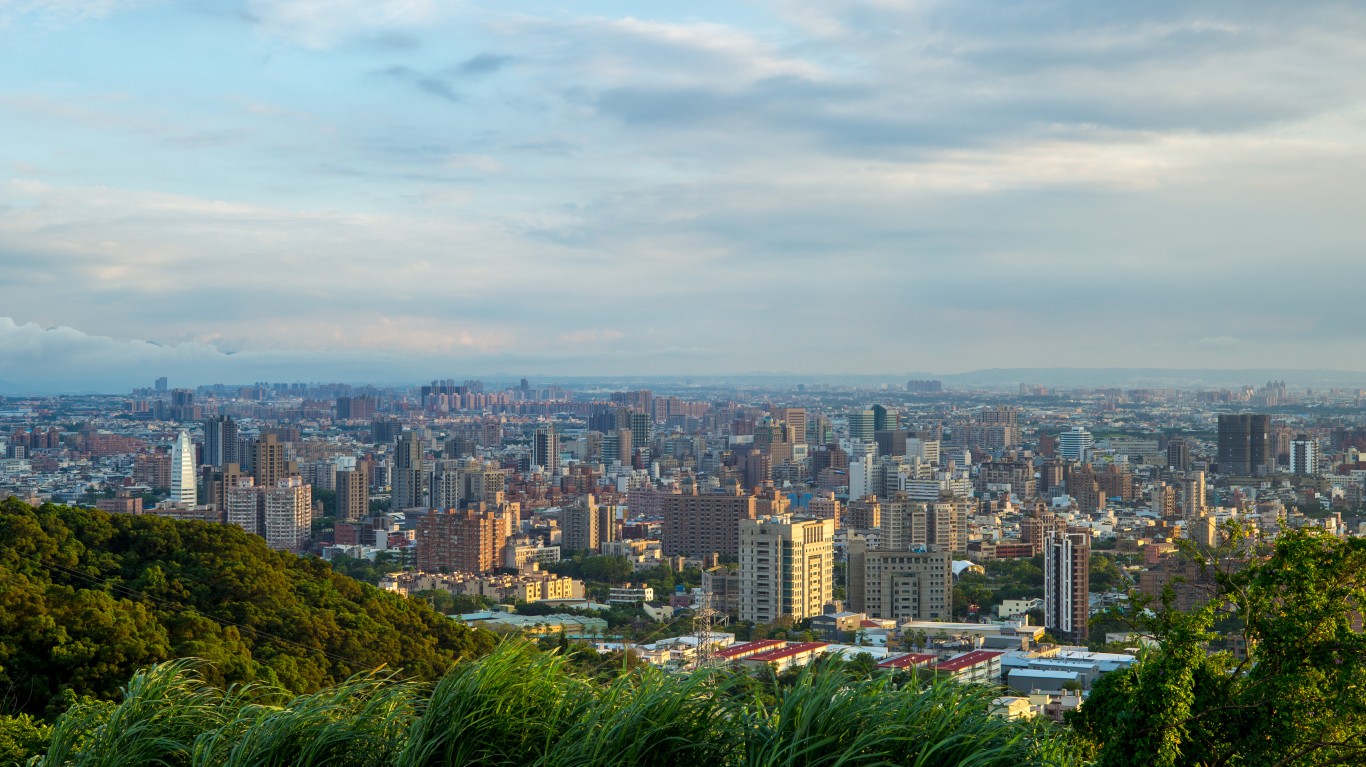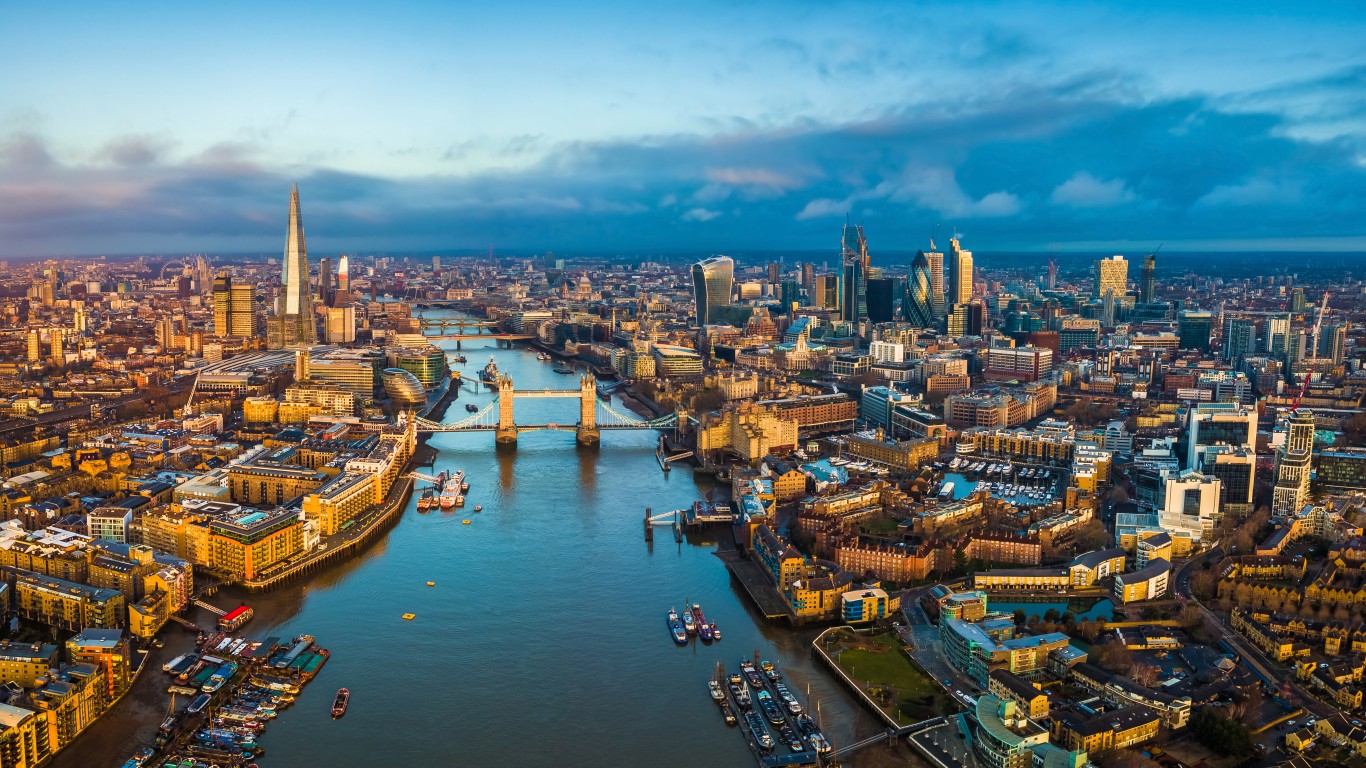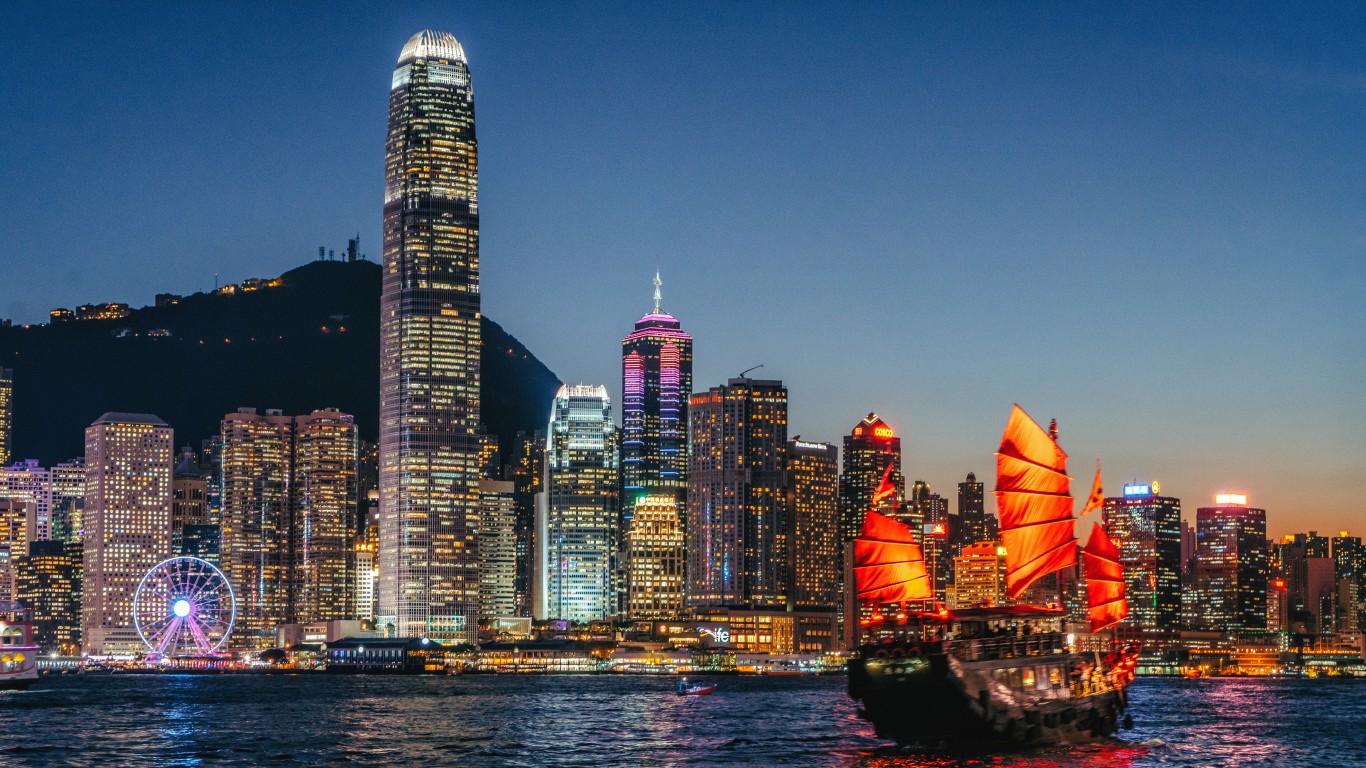
10. Houston, Texas USA
> Total emissions in 2014: 33.43 million tons of CO2 equivalent
> Transport, industrial, waste, and local power plants: 16.08 million tons of CO2 equivalent — #17 most in study
> Grid-supplied energy produced outside the city boundary: 14.51 million tons of CO2 equivalent — #9 most in study
> Population in 2014: 2.2 million
Last year’s U.S. Transportation Climate Index ranked Houston 98 out of 100 sunbelt cities, based on eight measures of transportation inefficiencies; only Phoenix and Dallas received a poorer rating. According to 2014 data, transportation was responsible for 48% of the city’s total greenhouse gas output. Despite its commitment to increase transit, incentivize electric car usage and facilitate bicycle and pedestrian traffic, Houston is not consistent in its efforts, as it continues to add miles of highway to ease congestion.

9. Rotterdam, Netherlands
> Total emissions in 2016: 34.19 million tons of CO2 equivalent
> Transport, industrial, waste, and local power plants: 17.84 million tons of CO2 equivalent — #12 most in study
> Grid-supplied energy produced outside the city boundary: N/A
> Population in 2016: 994,000
Rotterdam is making progress in emission reductions, though much of the industrial decrease is largely attributable to last year’s economic slump. Still, the city’s 21% drop in overall power plant emissions is significant, accomplished with the help of the national 40% increase in alternative energy.

8. Taoyuan, Taiwan
> Total emissions in 2014: 35.76 million tons of CO2 equivalent
> Transport, industrial, waste, and local power plants: 21.14 million tons of CO2 equivalent — #9 most in study
> Grid-supplied energy produced outside the city boundary: 14.62 million tons of CO2 equivalent — #8 most in study
> Population in 2014: 2.1 million
Taoyuan only became a city in 2014, and is now Taiwan’s sixth, but it has also quickly become an industrial center, attracting global companies such as Cisco, Apple and Microsoft — and greatly increasing its CO2 output. Still dependent on fossil fuels, the city has, since 2014, persisted in its efforts to become a green model, with big investments in and programs for solar, wind, and hydraulic power.

7. Greater London, United Kingdom
> Total emissions in 2013: 40.19 million tons of CO2 equivalent
> Transport, industrial, waste, and local power plants: 20.62 million tons of CO2 equivalent — #10 most in study
> Grid-supplied energy produced outside the city boundary: 19.57 million tons of CO2 equivalent — #3 most in study
> Population in 2013: 8.4 million 8,600,000
Famous for its historic killing smog, London is something of a poster child for urban congestion and, of course, the resulting pollution. Transportation is a key culprit, and London is focused on reducing its contribution to climate change and dirty air. Mayor Sadiq Kahn is credited with the city’s innovative approaches, the most famous being London’s Ultra Low Emission Zone — ULEZ — which includes most of central London. Drivers are required to meet strict emission standards or pay steep daily fees for traveling in the zone.

6. Hong Kong
> Total emissions in 2014: 44.90 million tons of CO2 equivalent
> Transport, industrial, waste, and local power plants: 44.88 million tons of CO2 equivalent — #2 most in study
> Grid-supplied energy produced outside the city boundary: N/A
> Population in 2014: 7.3 million
Despite its prosperity, Hong Kong is not on track to meet its carbon reduction goals and is falling beyond its counterparts — Asian cities of similar size and development– in developing renewable energy, becoming more energy efficient, and electrifying transportation. It remains almost totally dependent on fossil fuels, counting its slow transition from coal to natural gas as key progress.






